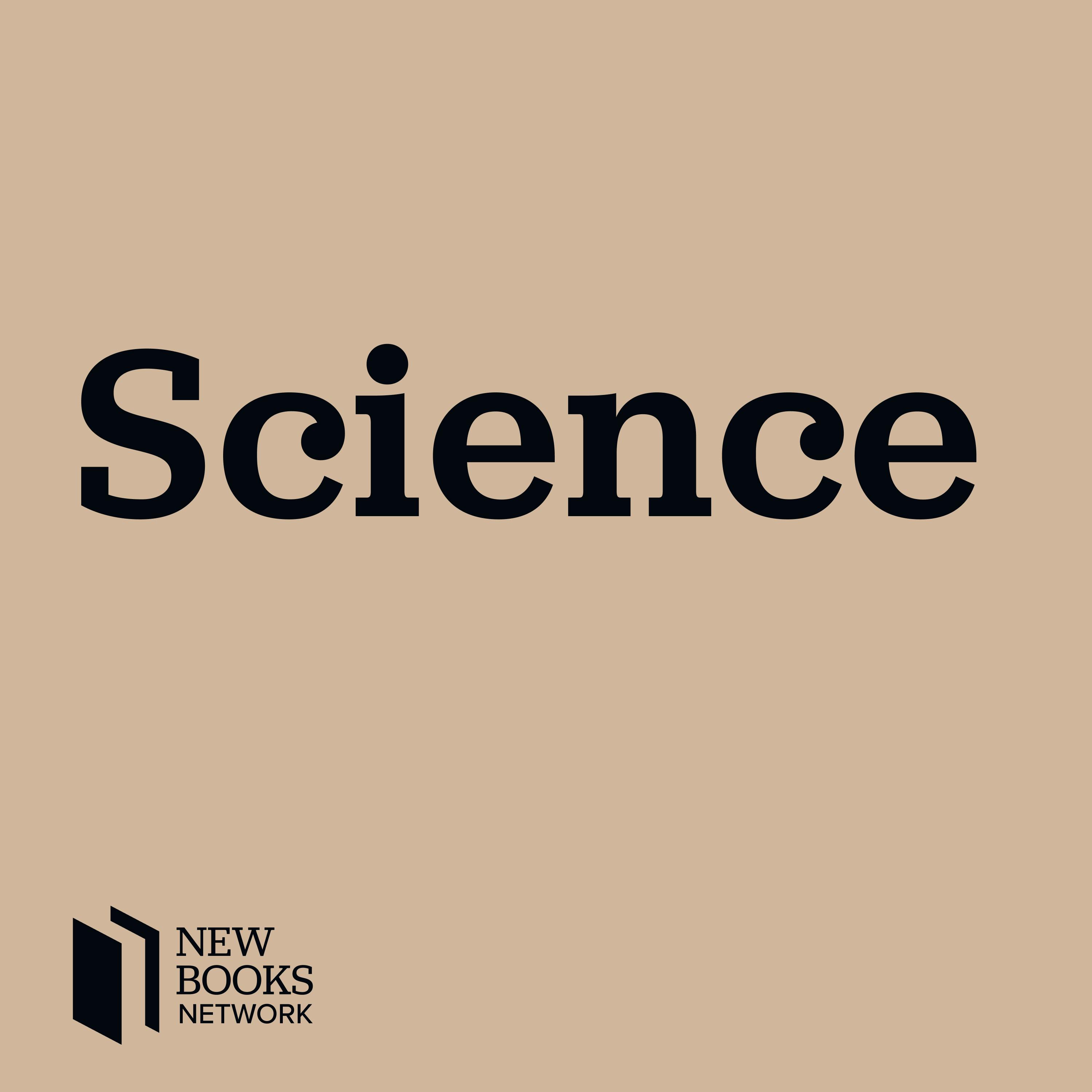Craig Hogan, "The Unlikely Primeval Sky" (American Scientist, November-December) - New Books in Science
Description
Of all the patterns that could possibly be preserved in the post–Big Bang radiation, the one we see is surprisingly smooth on large angular scales.
Sitting by a campfire on a dark night, looking up at the Milky Way, a curious child asks, “What does the sky tell us? Where does it all come from? Does space go on forever?” A caring adult might share a little awe and humility about humanity’s place in the grand scheme or perhaps relate a traditional creation story. A scientist like me, who came of age soon after the discovery that the sky is not actually dark but awash in primeval radiation, might instead relate the still-unfinished scientific story of the boundaries and origins of time and space. That tale is displayed in nature’s own record of the structure of the early universe, a mosaic of temperature and density fluctuations preserved in the primordial light that astronomers call the cosmic microwave background (CMB).
Learn more about your ad choices. Visit megaphone.fm/adchoices
Support our show by becoming a premium member! https://newbooksnetwork.supportingcast.fm/science


















